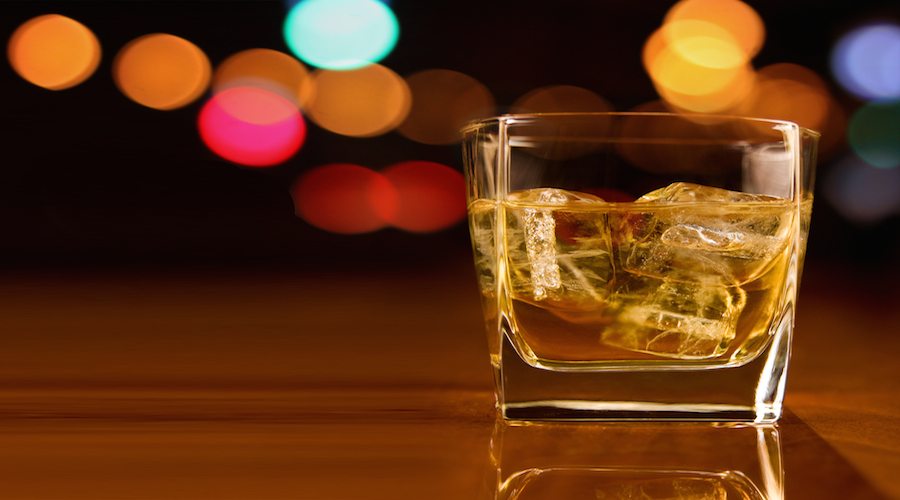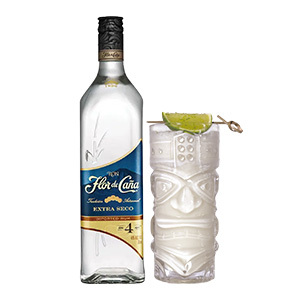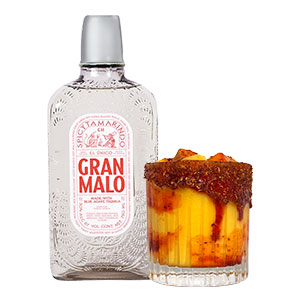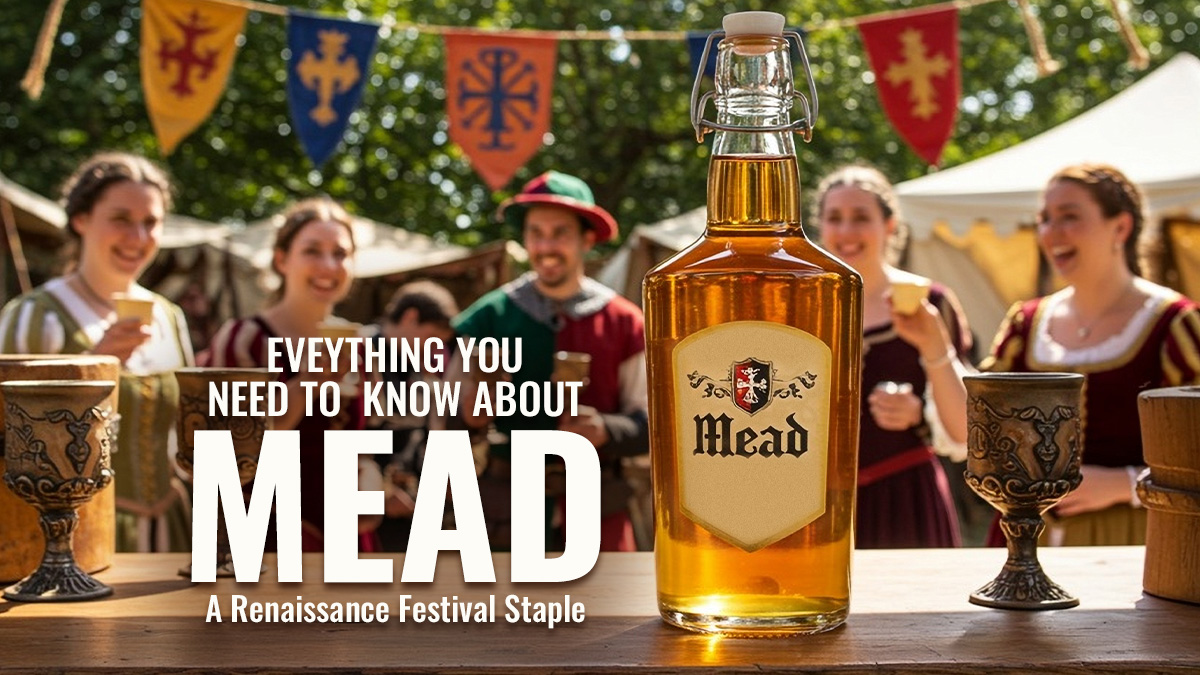
There’s always a reason to celebrate! Move over National Tequila Day, tomorrow is dedicated to Scotland’s signature spirit – Scotch! Its rich history, traditions and complex characteristics have made it one of the most revered liquors in the world. Sip it straight, add a splash of water or mix it with amaretto, and celebrate this centuries-old liquor on National Scotch Day (and this year, it falls on a Saturday)!
Scotch Rewind
The first documented reference of Scotch is in the Exchequer Rolls, the tax records from 1494.
Increasing popularity in the 17th century, for medicinal and social purposes, led to the introduction of taxes on the malt and liquor. Many distillers went underground and smuggling became the norm until 1823, when an act was passed to sanction its production.
In 1831, Aeneas Coffey invented the Patent Still, which allows for a continuous distillation process and led to the production of grain whisky.
In 1880, Scotch gained popularity worldwide after the phylloxera beetle devastated French Vineyards. With wine and brandy scarce from the shelves, Scotch successfully stepped in.
Scotch 101
 To be classified as Scotch, the spirit must be distilled and aged in oak casts in Scotland for at least three years and bottled at a minimum of 40% alcohol by volume. Here are the main categories:
To be classified as Scotch, the spirit must be distilled and aged in oak casts in Scotland for at least three years and bottled at a minimum of 40% alcohol by volume. Here are the main categories:
Single Malt is made from water and malted barley at a single distillery.
Single Grain is made from a variety of grains at a single distillery.
Blended Scotch is made from blending multiple malts and multiple grains.
Blended Malt is made from a variety of malts at different distilleries.
Blended Grain is made from a variety of grains at different distilleries.
Did You Know?

-Scotch contains no fat or added carbs, and an average shot has just 55 calories!
-The most expensive bottle of Scotch sold for more than $425,000.
-Unlike wine, Scotch does not age in the bottle.
-In Uruguay, people “Say Whisky” instead of “Cheese” when posing for photos.
-The Guinness World Record for the largest bottle of whisky is 228L!




